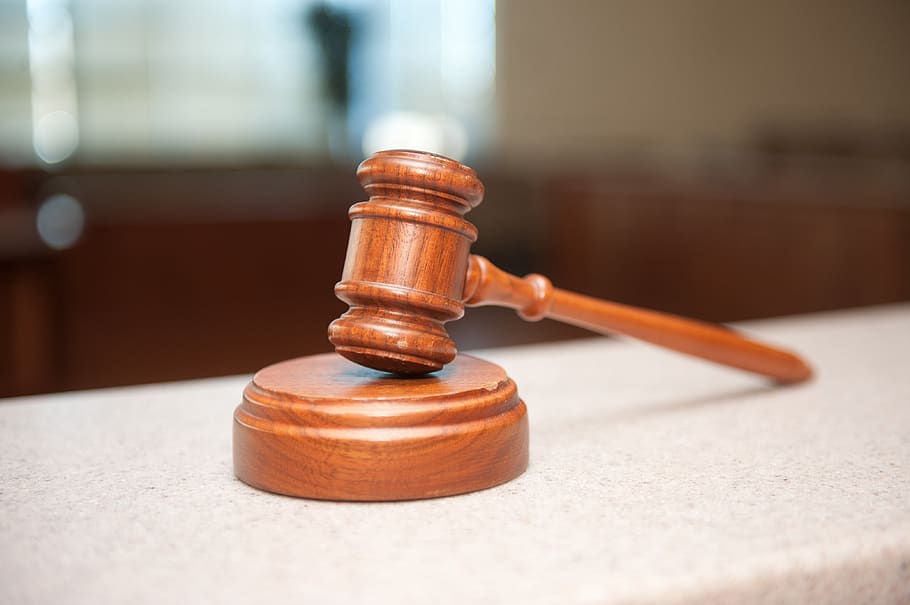State supreme court justices facing retention elections won re-election more often than their counterparts in states using other systems of judicial selection, according to Ballotpedia’s recently-published study on state supreme courts.
Between 2008 and 2019, 155 justices have faced retention elections. Incumbent justices won 152 (98%) of these elections. Since 2008, there have been 196 non-retention elections with incumbent justices. The incumbent justices won 176 (90%) of these elections. Incumbent justices experienced a 93% win rate across all selection methods.
The most recent retention election to result in an incumbent losing occurred November 3, 2020, in Illinois. Justice Thomas Kilbride, who recorded a Mild Democrat Confidence Score, did not receive the necessary 60% of the vote needed to win retention. In 2014, Justice Lloyd Karmeier faced opposition in his retention election bid for his seat on the Illinois Supreme Court. He was retained by a margin of 0.8 percentage points. Karmeier recorded a Mild Republican Confidence Score. Illinois has been a Democratic trifecta for 14 out of the last 18 years.
Between 2008 and 2019, Iowa was the only state with retention elections where justices were not retained. Iowa Supreme Court justices Marsha K. Ternus, Michael J. Streit, and David L. Baker lost their retention elections in 2010. Ternus was appointed by Republican Governor Terry Branstad, while Baker and Streit were appointed by Democratic governors. They were replaced by Bruce Zager, Thomas Waterman, and Edward Mansfield, all three of whom were appointed by Republican governor Terry Branstad in 2011.
Retention elections are meant to give voters an opportunity to evaluate judges after their first years on the state supreme court. Missouri’s Nonpartisan Court Plan reads in part: “The nonpartisan plan also gives the voters a chance to have a say in the retention of judges selected under the plan…. The purpose of this vote is to provide another accountability mechanism of the nonpartisan plan to ensure quality judges.”
Additional Reading:


